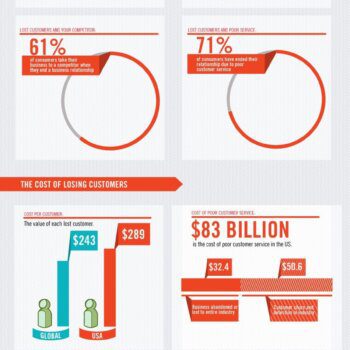The time has come to look at “social enterprises”—a form of capitalism that includes social and environmental objectives in addition to the profit motive.
More than a century ago, Henry Ford asserted that “a business that makes nothing but money is a poor business.” The world is now overrun by such “poor businesses.” The heedless pursuit of financial gains may produce happy management teams and shareholders, but it also results in an unhappy planet for businesses to operate in. The solution is not for these businesses to give some money to charity, or to get employees to play “builder” or “teacher” for a day as part of so-called “corporate social responsibility” initiatives. The solution is much more complex and requires a radical shift in business practices.
Charity alone cannot meet all the needs of the world and businesses that depend on philanthropy and government aid are vulnerable to changes in the economic climate. However, there are many ways to make sustainable investments. This can be done directly in an organization; in a fund that invests in a social enterprise; or, soon, by buying shares in an exchange dedicated to social enterprises.
While traditional businesses will take time to bring social and environmental objectives to their core, there are companies all over the globe that build their organizations around the basic DNA of doing social good. These social enterprises are either mission-driven, for-profit organizations or market-driven non-profit groups; but they all share the common goal of creating a positive social and environmental impact.
Social enterprises have introduced innovations that assist people at the base of the economic pyramid in a range of sectors and activities, including poverty alleviation, health, sanitation, disaster relief, renewable energy, and education. Notwithstanding the large number of innovative social enterprises in Asia and the Pacific and the myriad social and environmental challenges they address, there is a disconnect between the supply of impact investment1 capital and the demand for for such capital. This disconnect is curbing the growth of social enterprises and inhibiting the potential leveraging of market-based capital for social impact. The disconnect arises from the lack of information about the availability of impact investment opportunities in the Asia region, as well as the difficulty and high due diligence costs incurred in accessing such opportunities. Other factors include the high perceived risk associated with impact investments, especially in emerging markets, and the potential illiquidity of investment in social enterprises and the limited range of exit options for investors in social enterprises.
Impact investing has emerged as an alternative asset class channeling large-scale private capital to address social and environmental challenges. “Impact investments” are defined by the Global Impact Investing Network as: “investments made into companies, organizations, and funds with the intention to generate measurable social and environmental impact alongside a financial return.”
J.P. Morgan estimates a profit opportunity for impact investors of between $183 billion and $667 billion over the next decade in five sectors serving global populations earning less than $3,000 annually. Avantage Ventures, an investment advisory firm specializing in social ventures, estimates that achieving universal access to clean water and sanitation in Asia could create a market potential of $7 billion to $21 billion for social enterprises by 2020.
India has embraced social enterprises as a secondary provider of public goods and safety nets. As the largest democracy in the world with a federal and highly fragmented public management structure, social enterprise reform has inevitably been regional in scope. Within this decentralized structure, social enterprises have been embraced as a way of ensuring engagement and inclusion of India’s people in developing social, environmental, and other projects. The government is promoting policies and schemes to spur the social enterprise sector because they are seen as avenues for positively impacting people’s lives through knowledge and empowerment. Social entrepreneurship courses are being offered by some of the most prestigious business schools in the country.
In Bangladesh, social enterprises include Grameen Shakti (green energy), Grameen-Dannon (yoghurt for the poor), Hathay Bunano (training and job creation in rural areas) and Waste Concern (organic waste management). An early innovator in Bangladesh’s social enterprise sector was Aarong, which started in 1978 as a for-profit business to help rural artisans. Advocacy for widespread adoption of such business models later picked up when Muhammad Yunus, the founder of Grameen Bank, championed them as a way to eradicate poverty on a broad scale. BRAC, founded in 1972, has expanded its operations to include Africa and the Americas. In addition to microfinance and socially responsible investments, it offers human rights and legal aid services and supports as gender justice and diversity.
In Pakistan, the Bushk Foundation has gone beyond microfinance to providing clean energy financing and business development services. In Cambodia, Kredit operates in 12 provinces, providing loans, a savings scheme and local money transfer services. It is now venturing into child education training for its staff and clients.,
A number of intermediaries in Asia are working to support the adoption of socially responsible business practices, including BlueOrchard, one of the world’s largest microfinance investment managers, and the Asian Venture Philanthropy Network, which promotes investment-minded approaches to creating social good.
Through impact investing, perhaps we don’t have to break up with our bankers; instead, we can give them another chance to redeem themselves. It’s time to not just occupy Wall Street, but to recreate it, by adapting capitalism so that it benefits the millions, not just the millionaires.
written by Durreen Shahnaz of Asian Pathways. see more





























